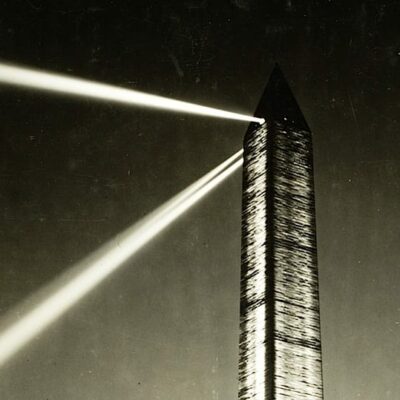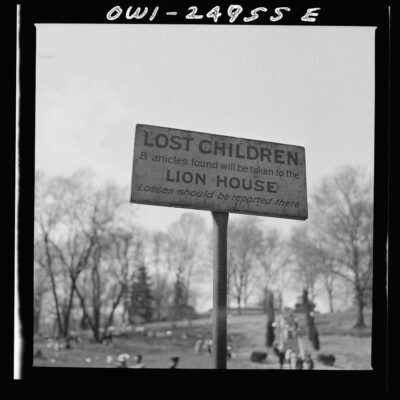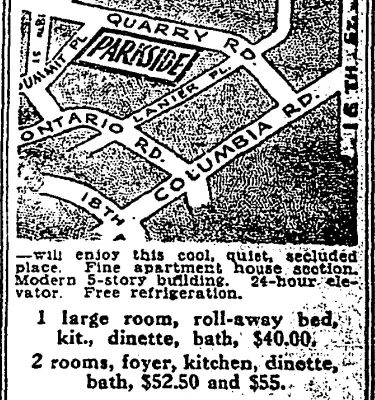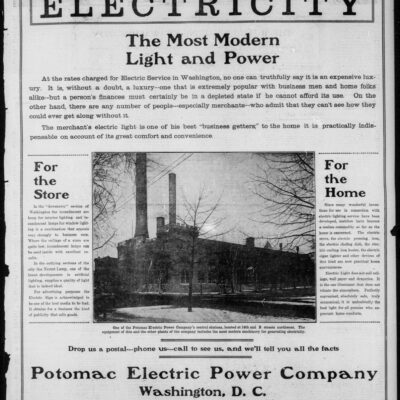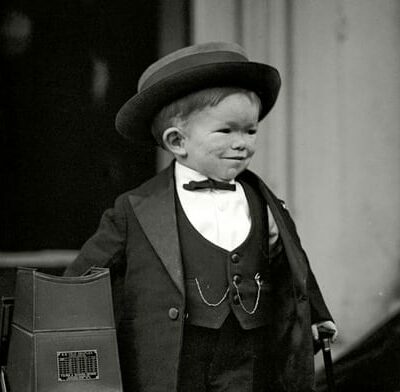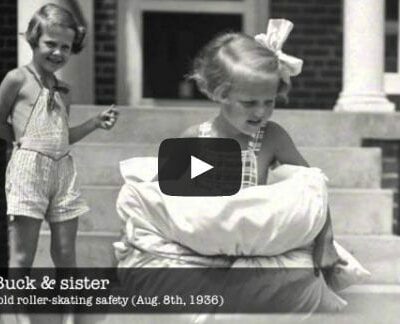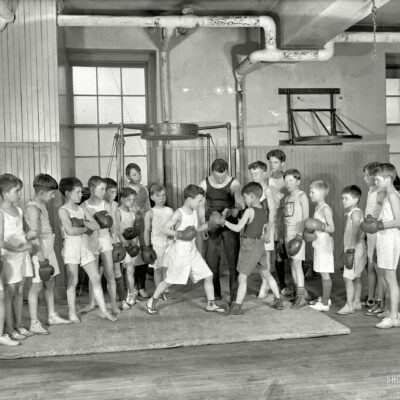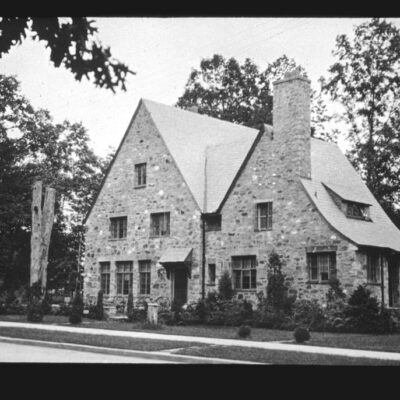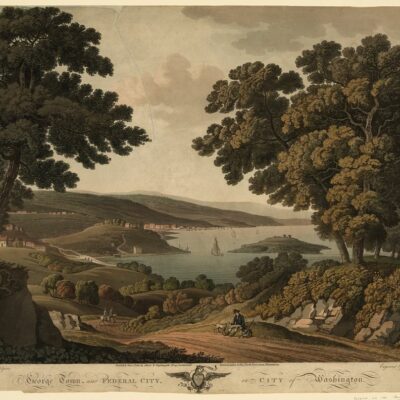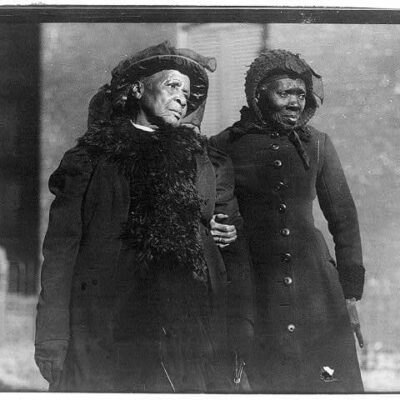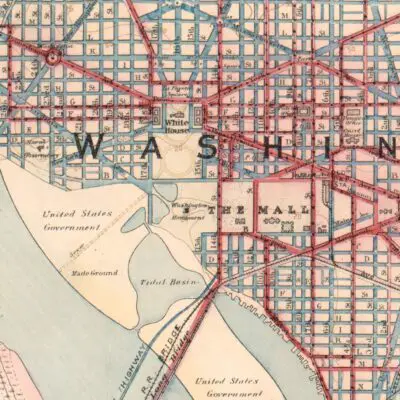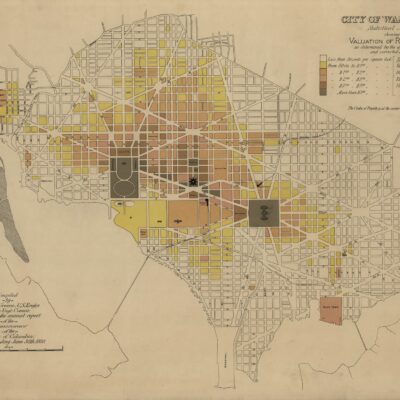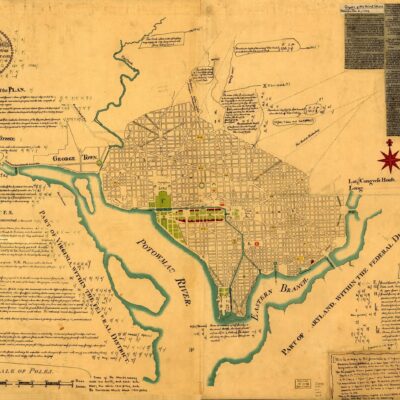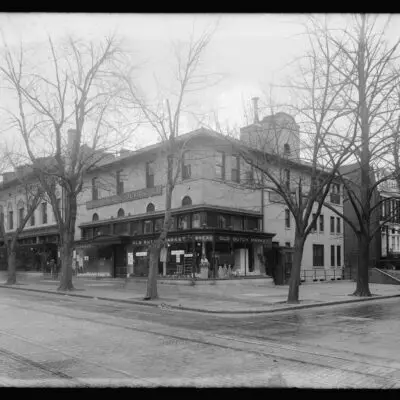It’s been a while since we dug into the story of someone we found in a an old photograph. The last one was the fascinating story of Annie O’Connell. Though these are not always the most popular posts, they certainly are a fascinating insight into the lives of individuals who lived in our city many generations ago.
This photo from Shorpy piqued our curiosity. It shows M.S. Strock, a radio operator at the Bureau of Standards, the precursor to the National Institute of Standards and Technology (NIST). In the photo below, he’s measuring radio wavelengths, ensuring broadcasters stick to their own wavelengths.
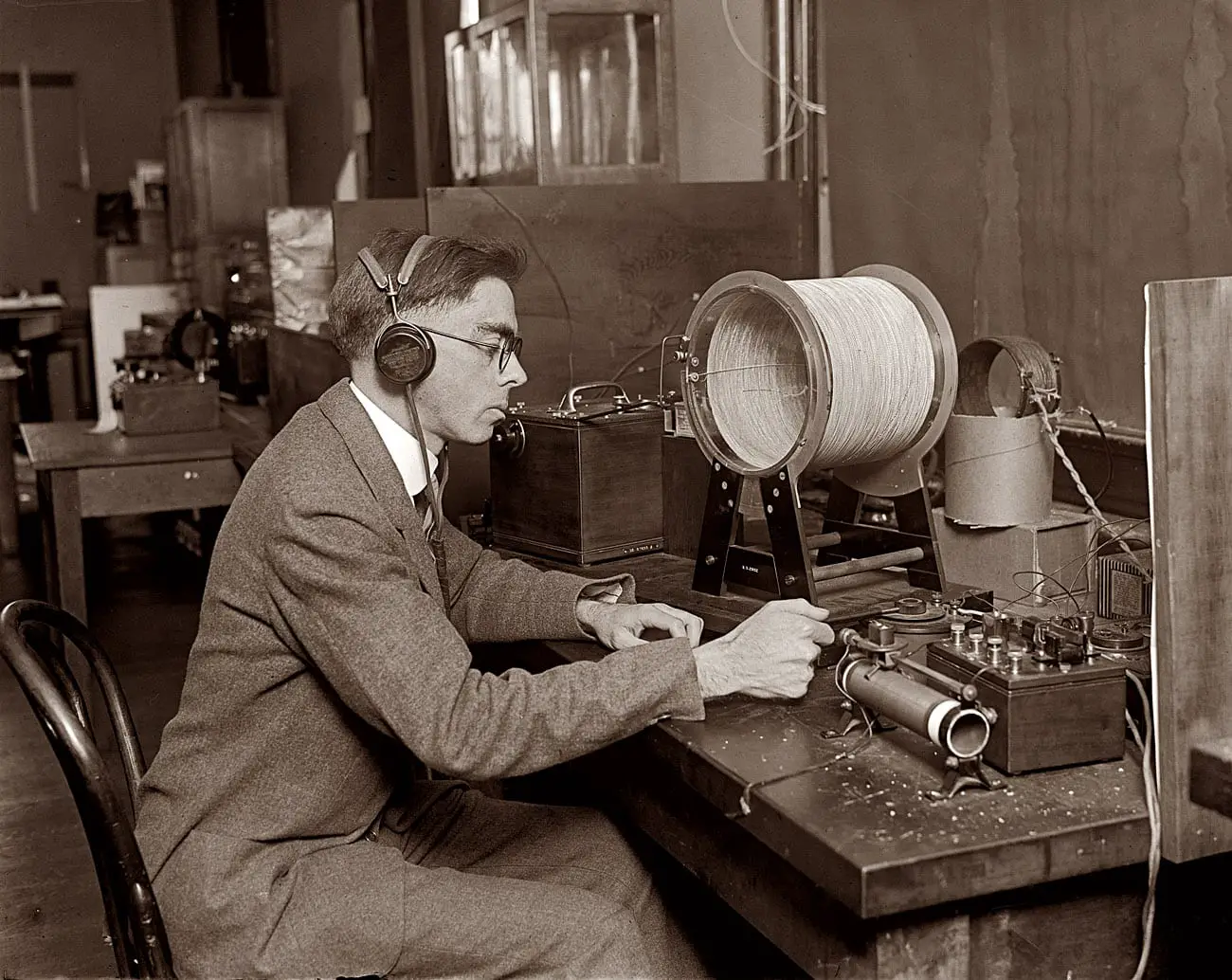
Personal stories like these are some of the most fascinating for us at Ghosts of DC. A regular person, largley forgotten by history.
Morris Sperry Strock was born in Iowa in 1892. Originally from Denver, we found him in a 1912 city directory, listed as a student, living at 2417 High St, living with a Millard A. Strock, probably his father, who worked in real estate. In 1916, he shows up in the city directory for Boulder, now a student at the University of Colorado, living at 1041 Grandview Blvd. His World War I Draft Registration Card, dated June 15th, 1917, listed his birth date as July 3rd, 1892 and his occupation at the time as telegraph operator for Western Union.
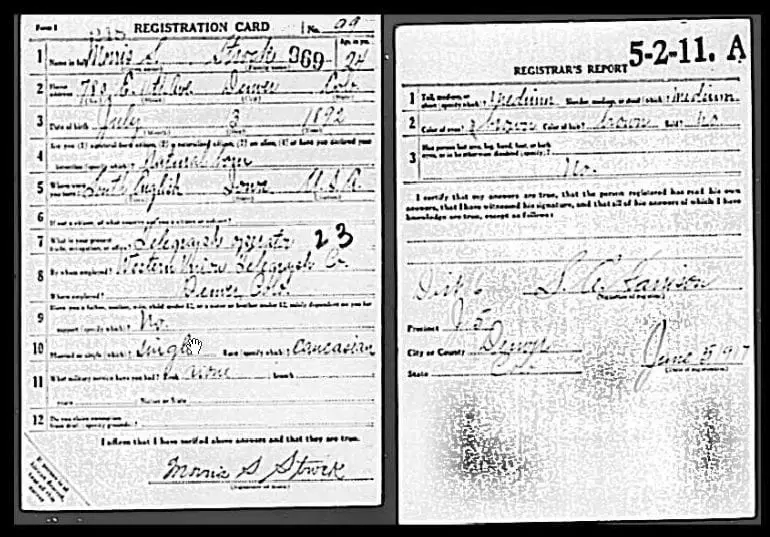
He first shows up in Washington in the 1919 city directory, as a laboratory assistant for the Bureau of Standards radio engineering lab. And, interestingly, the first mention of Strock in the papers was for the Bureau of Standards Suburban Tennis League team. Lange and Stone of the Euclid Club defeated Strock and Chase 6-4, 8-6 on June 28th, 1919.
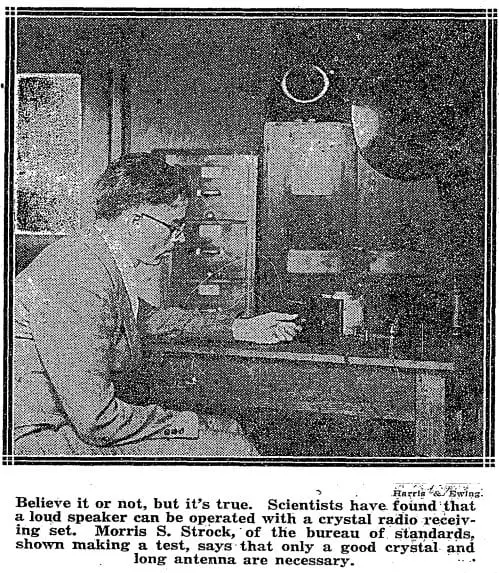
Strock evidently was a quality tennis player, not to mention ambidextrous. In one tournament in July of 1923, he was entered as a player twice, once right-handed and once left-handed. Throughout the mid-1920s, he’s listed in the papers competing for the Bureau of Standards’ team. Who knew there was such a competitive tennis league in D.C. then?
Remember that in the 1920s, radio was a relatively new phenomenon and extremely mysterious to all those who saw one. On April 1th, 1924, Strock gave a brief lecture and demonstration to folks from the Maine State Society, hosted at the Thomson school (12th and L St. NW). At the event, he outlined the history of radio as well as pontificating on the technology’s future.
By 1925, he was an assistant physicist at the Bureau and had published an article in the Washington Post on April 26th, explaining the whistling sounds is radio headphones.
…
These whistles in your receiving set may be due to three distinct causes: (1) The radio-frequency currents generated in your receiving set may combine with the radio-frequency currents set up in your receiving circuit by the carrier wave from a broadcasting station. (2) Your receiving set may pick up the whistle from the antenna of some other receiving set. (3) Your receiving set may have radio-frequency currents set up in it by the carrier waves from two broadcast stations, and these currents will produce a resultant whistling sound.
…
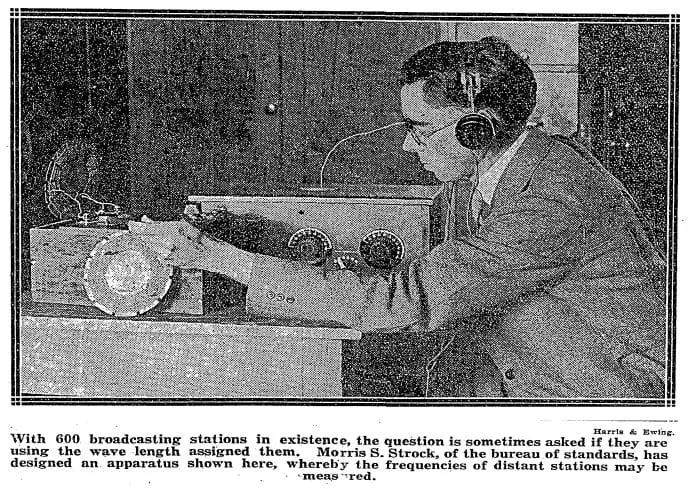
Radio stations then, and now, were allotted certain wavelengths on which they were permitted to broadcast. Straying from that would encroach on the licenses of other stations and their wavelengths, interfering with the fidelity of both broadcasts.
It was Morris’ job to monitor the standards and adherence to wavelengths for radio stations. As part of his job, he designed an apparatus which could successfully measure radio station wavelengths from great distances. And, in 1925 Morris wrote a book entitled “An Improved Type of Wave Meter Resonance Indicator.”
The Washington Post reported on July 31st, 1927, in their section about government personnel that Strock was leaving D.C.
M. S. Strock has resigned his position in the radio section and has left Washington for an extended wedding trip along the Pacific Coast.
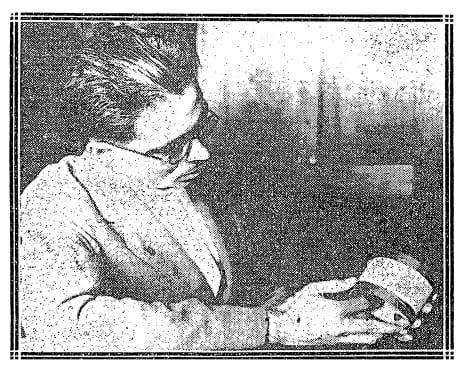
Morris married his wife Annie and by 1928, they were living in California, first in Oakland, then Piedmont, Berkeley, Palo Alto, and finally by the late 1950s, in San Diego.
Morris died in San Diego on May 16th 1965, at the age of 72 years old.
Though he was only in D.C. for a short time, Morris S. Strock is definitely one of the Ghosts of DC, part of the lost and untold history of Washington.
